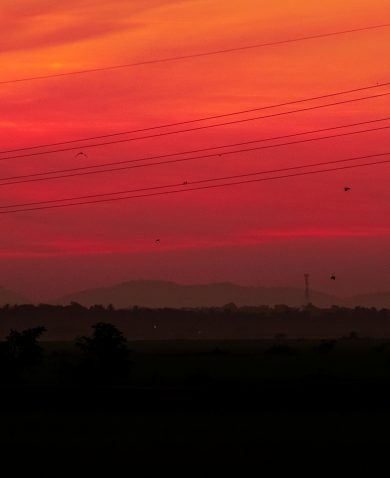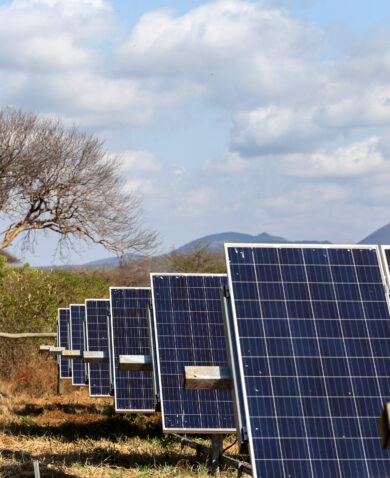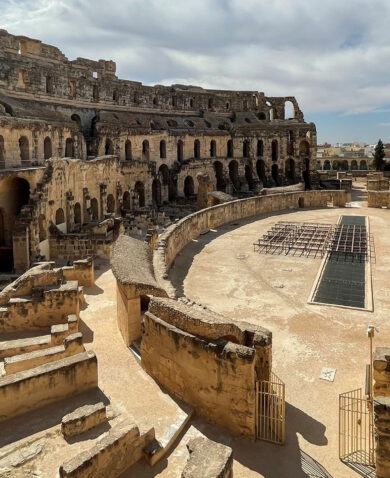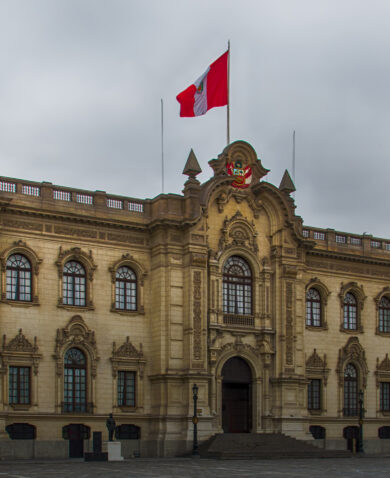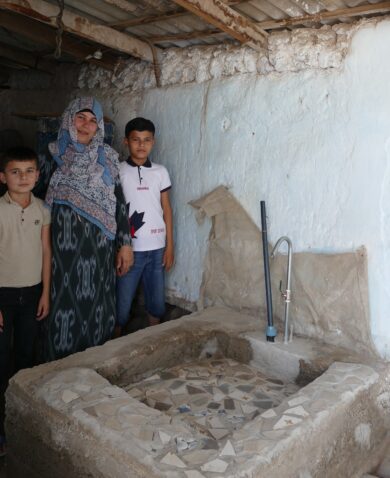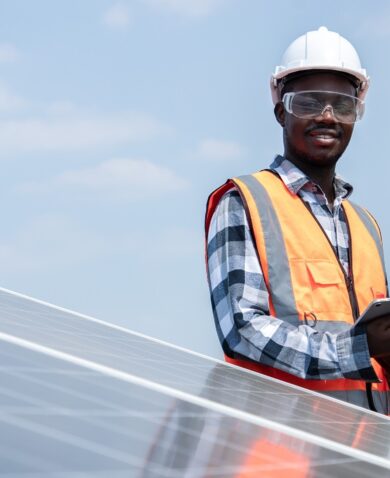
The Push and Pull of Power Reform in Sub-Saharan Africa
June 7, 2017 | 4 Minute ReadFor the power sector to advance sustainably, private investment is critical. How can we bridge the gap between long-term public interests and the short-term goals of private investors? Energy expert Mark Tomlinson explores options
Private investment in sub-Saharan Africa’s power sector is critical to regional economic growth. Achieving the Sustainable Development Goals (SDGs) for electricity access will require some $800 billion in investment from now until 2030. Taking no action will thwart economic growth by 2-5 percent per annum. Reducing the risks of investment is therefore key to unlocking private capital flows. The public sector plays a critical role in reducing those risks. For example, in Nigeria, the central bank supported privatization of the distribution sector with dedicated debt relief. The same debt relief is also intended to reduce the risk to revenue flows from the new distribution companies that pass upstream to new generation capacity. As power markets undergo further reform, private-public transactions throughout the value chain provide valuable lessons for improving performance.
The challenge now is to find equitable, practical ways to accelerate and sustain power sector reforms that learn from these transactions. One way is to provide additional technical and capacity support to the public sector in combination with market development programs that match investors to new business opportunities. This includes competitive procurements and legal and regulatory enabling frameworks for private investment. Another is to focus further on risk reduction specific to transactions and to continue to respond to the results.
A third way, explored here, is to identify and design specific mechanisms that bridge the gap between the long-term interests of public sector investment and the short-term goals of private capital. Programs aiming to increase electricity access and advance power sector reform must now focus on specific tools, processes, and mechanisms to incorporate and institutionalize lessons learned from transactions.
The framing questions for this challenge are:
- How can private developers and lenders better align with the needs and constraints of public counterparts in the power sector?
- How can public leaders in key institutions best lower risk for private investors without compromising social objectives?
Current Environment
Public and private actors are generally aligned in their commitment to power development in sub-Saharan Africa. The increased committed capital and “closed” transactions in low-carbon generation demonstrate progress. Developers are spending scarce risk capital on real business opportunities, evidenced by the recent advance of a ~50MW solar farm in northern Nigeria. Ghana is also advancing gas-fired generation based on significant offshore gas-to-power reserve potential and relatively high grid access. Turkana Wind in Kenya and the Azura Edo gas-fired power plant in Nigeria have become virtual beacons of light for private power development concordant with public sector goals of increased private sector participation in the power sector.
These projects demonstrate that governments are indeed reducing developers’ risks with well-defined processes, legally defined and accountable counterparties in power purchase agreements, and partial risk guarantees from multilateral donors. For their part, private lenders, domestic and international, are working hard to follow the developers’ lead as they strive to match lending requirements with multiple layers of risk.
But private developers and lenders too often expect government counterparties to respond as if working in fully mature business markets. Government counterparties struggle to seek project specific risk reduction with project specific responses. They are reactive in relation to the challenge, acting without clear and publicly vetted rules for engagement. Absent of transparency, government responses are project specific and may engender public distrust and exposure to allegations of corruption.
Individual developers and lenders are not all to blame. In the absence of a level playing field, they face a “prisoners’ dilemma” and mitigate their own project’s risk as opposed to cooperating to improve the overall field for all developers. Public sector actors are also not to blame. They represent specific government agencies involved in the power sector, and doing their best may not always mean optimizing private sector involvement in the sector writ large.
Aligning Public and Private Objectives to Move Forward
One solution is to increase the government’s capacity to integrate lessons learned from private developers and lenders without risking the fiduciary and ethical responsibility of public sector administration. This can be a fine line. Nigeria’s “Stabilization Fund” backed up by the country’s central bank, has proven particularly controversial in terms of the opportunity cost of public resources. But the general public’s interest and focus on political leadership in sub-Saharan Africa today, enhanced by information technology enabling greater public scrutiny, is motivating both private and public actors in power development to adapt and change.
Governments that are proactive in reducing the risks they control are already aligning around transactions driven by private-sector developers and lenders. Specific policy innovations, greater use of public forums and joint calls for action, as well as increased attention to functioning markets around the world (i.e. best practices) now provide the path for sustained, predictable power sector growth. Replicating and expanding the successful bridges between private actors and public oversight allows both sectors to equitably share the risks and rewards of investing in national power sector growth.
Looking Ahead
In this light, private developers and lenders should now pause to learn and innovate based on experience with recent transactions. This provides fodder to break the logjam of stagnant electricity-per-capita rates characterizing sub-Saharan Africa over the last 40 years and starkly contrasting the roughly 500 percent increases in other developing markets.
Some of those innovations may include:
- Jointly Define the Power Program and the Role of Private Developers and Lenders
Establish a transparent and politically neutral working body with representatives of private developers and lenders with policy and public administration to share analysis, views, and perceived priorities. The goal is to manage expectations and adopt a common goal for the power sector’s success. Ideally, it would define a desirable program of private power development for the following 5-10 years in the form of a commonly accepted least-cost expansion plan or integrated resource plan.
- Establish A Dedicated Public-Private Lending Facility with Authority to Co-Finance Power Development:
Working transparently with publicly vetted participants, the facility could include selected private banks firewalled from transactions, the national procurement agency, the federal bank, the regulator, and the planning authority. They would agree to engage in financing development in generation, transmission, and distribution if a given borrower has completed a successful public procurement process recognized by the government and regulator.
- Establish a Procurement Process and Independent Oversight for Power Sector Projects, with Sunset Provisions Based on Specific Targets
The appropriate designated public planning authority — with short term technical support as needed — should independently design and manage a competitive procurement process. Private developers and lenders could provide high-level input with the goal of establishing shared views of development risks. But public sector officials and public representatives must maintain a strong and transparent firewall between the private and public roles. The agency would engage dedicated experts to identify bidders in power generation, distribution and transmission and transfer these to the public planning authority.
Mark Tomlinson is a senior energy advisor for Chemonics and former director of the Nigeria Infrastructure Advisory Facility (NIAF).





